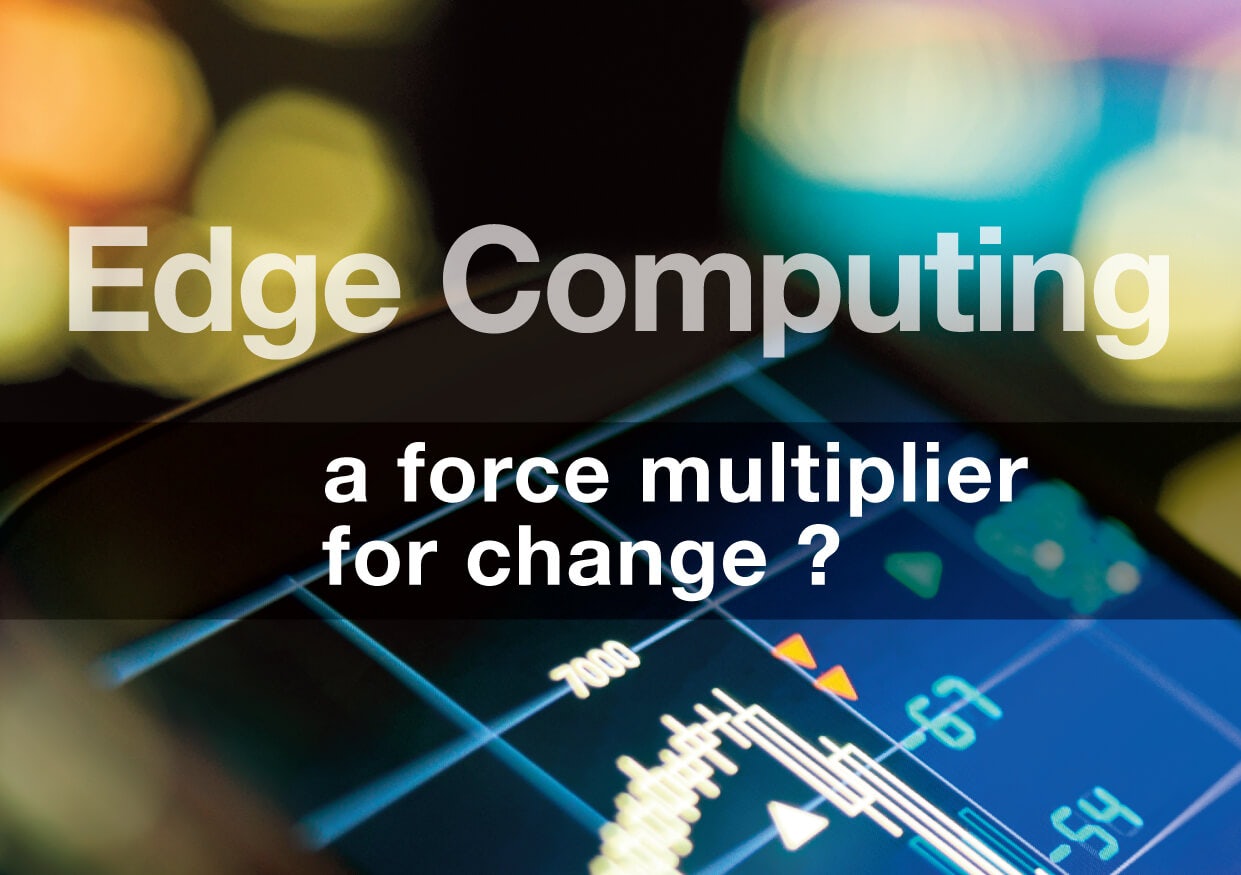Edge Computing… a force multiplier for change?
Although much of the commentary on the Internet of Things (IoT) is focused on consumer applications, there is a growing awareness of the transformational opportunity presented by Industrial IoT (IIoT) applications underpinned by edge computing.
In-field devices are always going to be constrained by two key factors; power and communications and, due to the sheer scale of industrial (Supervisory Control and Data Acquisition) data, it is unlikely that it will ever be practicable to repatriate raw data to a central repository for analysis/retention (the cloud) even before taking into account the driving ambition to minimise the communications financial overhead of the telemetry to maximise efficiency/return on investment.
Such restrictions will naturally enforce the need for ever-greater edge computing capability, a reality accurately predicted by commentators such as Gartner who defined an IoT device as adaptive to either the equipment or process being measured or the environment in which the process is taking place, in other words intelligent. The Internet of Things is far more than many connected sensors reporting on what is happening, it is a revolution in computing as the pendulum once again swings back towards decentralised computing.
Whilst the cloud will continue to be core to the efficient centralisation of high-level information to facilitate pattern recognition/machine learning, the devolution of decision-making to the edge will be enforced by the demand for ever-faster response times and increased resilience (irrespective of the availability of power and/or communications).
Today’s electronic components are smaller and exponentially more powerful than ever before so, combined with new battery technologies and energy harvesting capabilities, devices are now able to sustain themselves indefinitely.
Dashboards, by their very nature, are there to enable humans to make better decisions faster. In due course, rather than simply providing the information on which an organisation can then act, it will be IIoT solution providers who will play an increasingly key role in the activation layer, utilising their technical capabilities to converge infrastructure, equipment and humans (industrial wearable technology) to further accelerate response and reduce risk.
We already see this in the example of self-driving cars, in which real-time data acquisition, processing, pattern recognition/machine learning and instantaneous (autonomous) response are all brought together under one roof, whilst the centralisation of key elements of the data can then be analysed for system enhancements/improvements in the cloud, with refinements then pushed back to the devolved appliance. This is the concept of continuous improvement, effectively utilising artificial intelligence to create a self-learning system.
For the past two years Dashboard has been preaching a message of the absolute need to embrace semi-autonomous devices supported by an entire technology stack which encompasses the cloud and enterprise mobility enabled devices as a more accurate means of interacting with the plant, infrastructure, system or process.
This integrated end-to-end approach is, in practice, much harder to achieve than typically accepted, not only due to the fragmentation of the technical capabilities within the market but also because of the large number of incumbent technology providers attempting to play King Canute and hold back the tide of innovation in order to defend their current market share/revenues.
Many of the largest companies in the market espouse this vision and evalangelise about ‘owning their own disruption however, in practice a great deal of this rhetoric is largely lip service designed to both scorch the earth for the upstart companies seeking to disrupt their market and act as a smokescreen to cover their own inadequacies whilst they retrofit and/or acquire the necessary skills/capabilities with which to compete effectively.
Don’t take our word for it, have a listen to what Peter Levine of Andreessen Horowitz says on the subject
